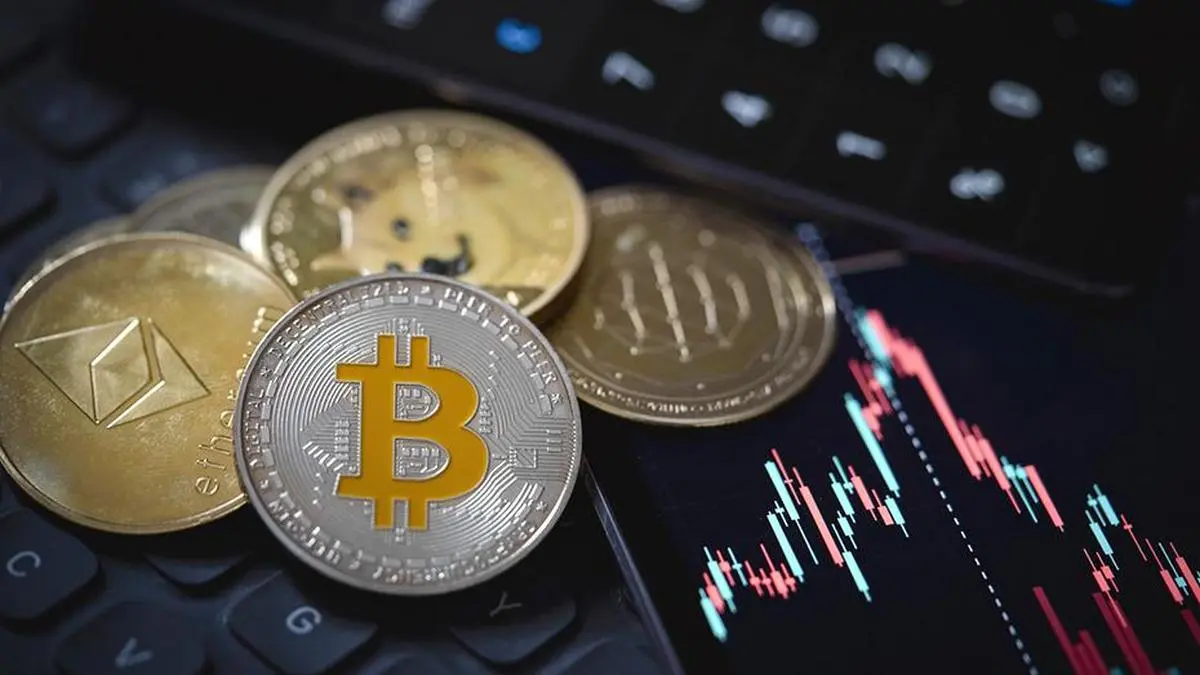WazirX Reboots Operations with Zero Trading Fees on October 24
The Singapore-based crypto exchange WazirX has announced its plans to restart operations on October 24, following the successful completion of its restructuring process as sanctioned by the High Court of Singapore. This comes after the exchange faced a significant setback in 2024 when hackers stole $234.9 million (approximately ₹2,000 crore) from the platform.
As part of the Restart Offer, all users will be eligible to enjoy zero per cent trading fees across all trading pairs, providing them with a significant advantage while trading on the platform. This initiative aims to alleviate the financial burden imposed by trading fees, allowing WazirX users to focus on their trades without any additional costs.
The approved scheme not only helps users affected by the 2024 hacking incident recover some of their stolen assets but also provides a measure of comfort and security for the community. The distribution of these recoveries will be managed through Zanmai India, a reporting entity under the Financial Intelligence Unit of India.
Relaunch Strategy and Partnership
The relaunch of WazirX operations is expected to begin with certain crypto-to-crypto pairs and USDT/INR pair, followed by the gradual expansion of additional markets in the coming days. This strategic approach aims to minimize disruptions while allowing users to access more trading options.
To ensure fund safety, WazirX has partnered with BitGo, a global leader in digital asset custody. This partnership adds an extra layer of trust and protection for platform assets through institutional-grade, insure custody solutions.
Founder's Insights
Nischal Shetty, Founder of WazirX, emphasized the importance of asset security in the global crypto ecosystem. "Asset security is currently a crucial aspect in the global crypto ecosystem," he said. "Our partnership with BitGo adds an additional layer of trust and protection with world-class custody standards, as we restart."
Token Swaps and Rebranding
Earlier this week, WazirX completed token swaps, merger, delisting, migration of tokens, and any rebranding that the tokens may have undergone. This process has enabled the exchange to restart operations and initiate token distributions to creditors within a 10-business-day timeline.
Issuance of Recovery Tokens
In addition to restarting operations, WazirX is also working towards issuing recovery tokens to creditors. This initiative aims to provide a measure of compensation for the losses suffered by users during the hacking incident.
